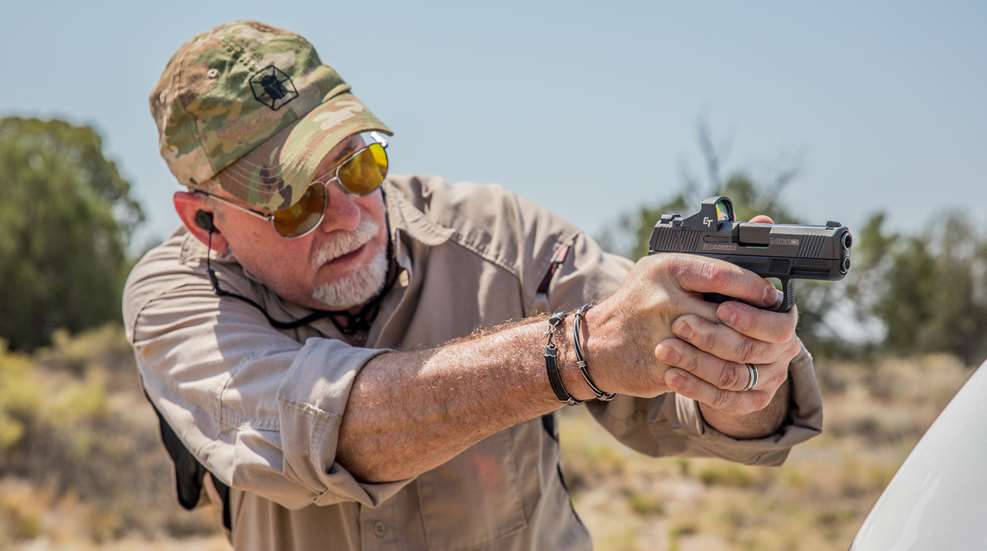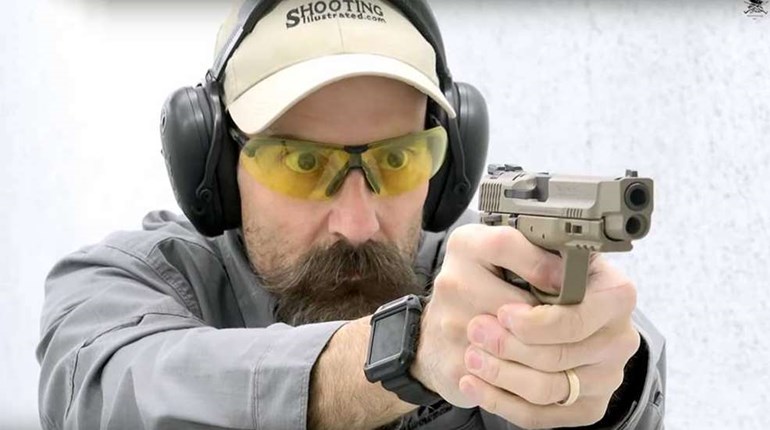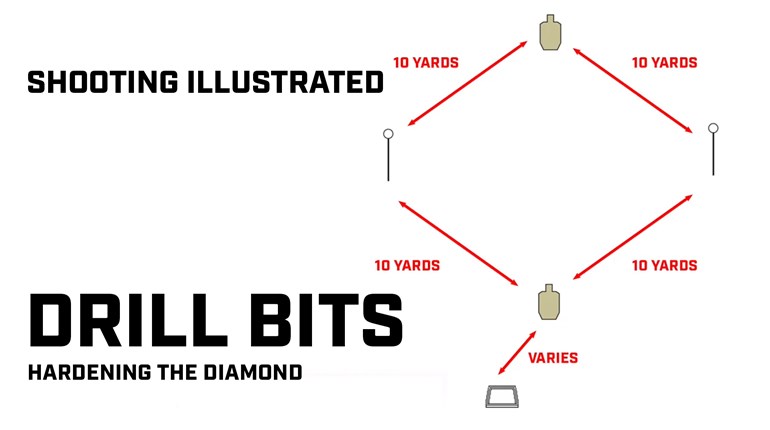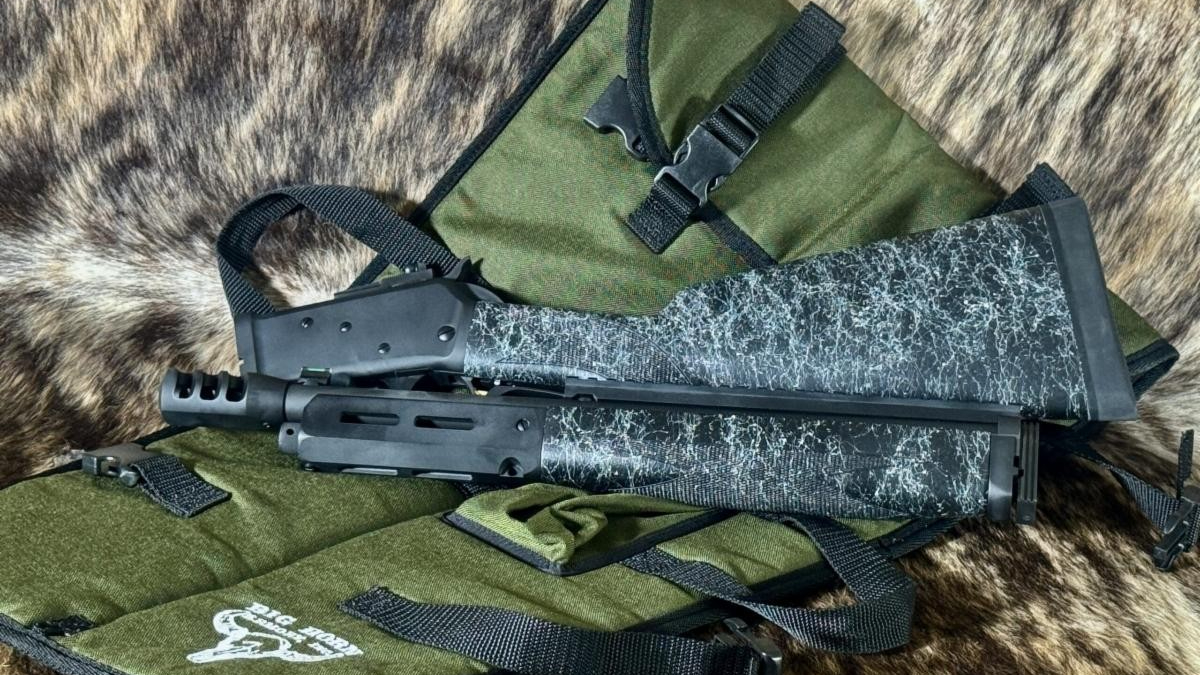
The eternal quest for those training to be a better shooter is for the holy grail of consistency. When firing multiple rounds accurately and in quick succession, the ability to consistently regain muzzle alignment is dependent on having a stable enough firing platform. Such a platform must consist of functional stability and flexibility.
Our human bodies comprise a musculature system combining over 600 muscles that are connected to bone and mechanize all our voluntary physical movement. The musculature system is connected to our skeletal system consisting of over 200 bones in the human body via tendons, ligaments and cartilage. The combination of the muscular and skeletal systems forms the structural support needed for a stable and flexible firing platform.
To the degree of attaining a consistent shooting platform (aka structural integrity) is to the degree you develop repeatable shooting performance. There are three structural components impacting that performance: muscular, skeletal and balance.
Muscular
Hand muscles and tendons are utilized to establish a durable grip. Grip is both a stabilization and attachment point of the body to the gun. It must be firm enough to work but not too firm. An example of too firm might be like the shock absorbers on a jeep being so stiff that they bounce across railroad tracks. It cannot be too loosey-goosey or you won’t have enough stability or control to keep muzzle alignment. A durable grip is one that does not change grip pressure once established and is the desired goal.
Locking elbows and arms using muscular tension prevents unnecessary input into the gun as rounds are fired. Yet arms and elbows cannot be so rigid that they resist absorbing the firearm's rearward impulse and lift, which could slow follow-up breaks or hinder recoil control. Therein lies the precarious balance between stability and flexibility required for accurate and rapid shooting.
The core muscles of the abdominals, obliques, hips and lower back are responsible for stabilizing the upper body structures above the waist. Engaging these core muscles to “lock in” the torso prevents unwanted inputs that throw off balance and alignment. These core muscles act like guy wires stabilizing a telephone pole and hold it all together structurally so the firing platform remains sturdy but flexible.
Skeletal
Skeletal support is what facilitates evenly distributed recoil impulse. Without proper articulation of shoulders and elbows, the firearm will twist and bounce causing unnecessary micro-inputs to the gun affecting alignment.
Structural speaking, the more consistent your skeletal (structural) positions the more repeatable stabilization gained. For example, if you habitually raise your shoulders every time you present the gun, it’s nearly impossible to consistently find that exact 2.387 millimeters in rise or lateral to the scapula measured from rest position.
When you relax the shoulders to their neutral position and maintain that position throughout presentation and transitions this eliminates tension (which is the destroyer of performance) and the need to find a consistent variable height of shoulder rise when it can be readily found in your natural relaxed or neutral body position.
Balance
“Balanced fighting stance” is term used in defensive tactics and firearms training describing a foundation from which to deploy technique. It does not, however, mean stationery.
The odds on running a firearm either in combat, moving to or from cover or concealment, or competition moving in and out of boxes or to and from fault lines, being completely stationery and square to the target (similar to entry-level square-range training) are slim to none. There is a very high likelihood that you will either be moving and shooting or shooting on the move.
Balance, the third component of structural integrity, is about gaining and keeping your kinesthetic balance throughout the course of fire or combat or competitive engagement.
The internal isometric tension required for this balance starts in the feet, is maintained through leg and core engagement, flows through the shoulders, continues down the arms, and emanates through the grip. This full-body tension creates structural integrity (stability) rather than causing alignment disruptions.
Moving to a transition point, or a stop point or a launch point entering into a position or existing from a position, these are all kinetic balance points that you can control.
Balance is equal to control, which is just another word for stability – aligning the muzzle with the visual center of the intended target. You want to develop a subconscious competence in controlling your balance.
All in One
Putting all these structural components together allows your body to work synergistically to develop predictable firearm behavior. Structural integrity is critical to durable grip, presentation of the firearm, managing the trigger press for the requisite speed, starting and stopping the gun in transition between targets, eliminating or significantly reducing under-travel and over-travel, controlling recoil as to reduce time between breaks (aka split times) and otherwise recovering muzzle alignment.
Disciplined repetition is what develops kinesthetic intelligence and those motor skills that can be called upon by the shooter under pressure. When all aspects of structural integrity come together, the firearm will run like an extension of your own body.
Learned structural integrity combining internal muscular tension with a consistently articulated and balanced skeleton provides the stability and flexibility essential to shooting well.





































